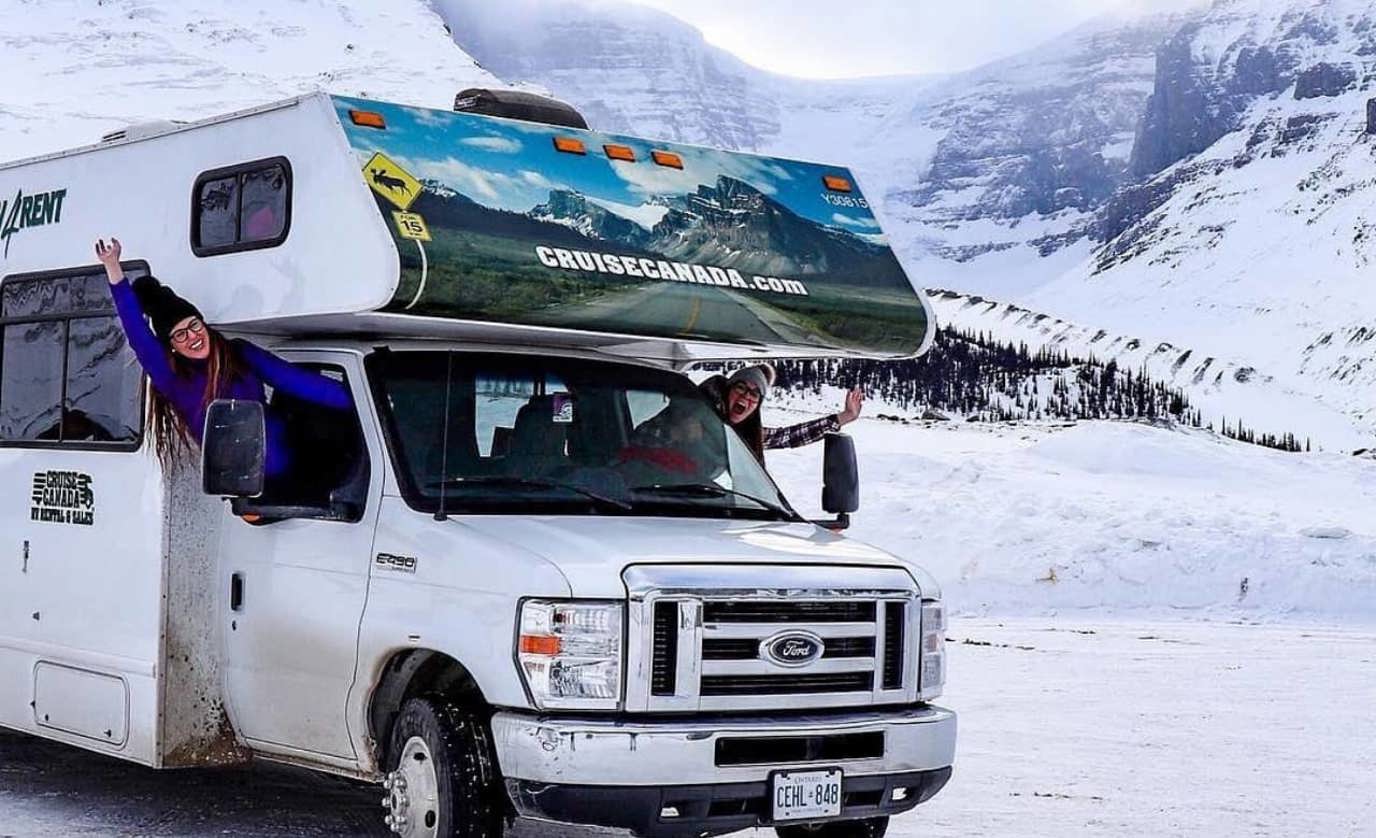
Seeing the iconic, enormous granite formations of Yosemite National Park in winter is nothing short of magical. In fact, many people consider this the best time to visit, with crisp white snow somehow making the park’s scenery even more spectacular.
Winter also brings unpredictable, sometimes extreme weather to Yosemite, and there are some seasonal closures in the park, making it necessary to plan ahead. The reward is well worth the effort, as Yosemite in winter is uncrowded and offers truly unique experiences (ice skating or snowshoeing within view of Half Dome, anyone?).
Weather in Yosemite in Winter
Elevation in Yosemite varies significantly, from just over 2,100 feet to 13,120 feet. This makes it somewhat tricky to predict the weather, so the first key to visiting Yosemite in winter is to wear layers!
Winter temperatures in Yosemite Valley range between the mid-40s and low 50s during the day and dip into the 20s and 30s overnight. Snow comes and goes on the valley floor, but is ever-present above 6,000 feet between November and March, sometimes into April.
At higher elevations, this could be a completely different story, with temperatures differing as much as 20 degrees and quite a bit more snow — and wind.
Driving in Yosemite in the Winter
One important thing to note is that tire chains or cables are often required to drive in Yosemite in winter due to icy roads. This requirement is entirely dependent on the weather, so there’s no way to predict whether or not you’ll need them in advance. It’s a good idea to have a set for winter visits, just in case.
Winter Closures
One of Yosemite’s four main entrances, Tioga Pass Road on the east side, closes in the winter due to heavy snow. The exact closing date changes from year to year based on the weather, but it’s generally from early November through mid-May. Visitors coming to Yosemite in winter can still access the other three entrances.
When Tioga Pass Road closes, so does the section of the park between Crane Flat and Tioga Pass itself. The road to Glacier Point also closes but is plowed up to Badger Pass Ski Area. Yosemite Valley and Wawona are both widely accessible in winter.
Things To Do in Yosemite National Park in Winter
Ice Skating in Curry Village
Can you imagine anything more magical than ice skating in the heart of Yosemite Valley? From December through March every year, visitors can do exactly that. Skate rentals are available onsite, and there’s a fire pit with stunning views of Half Dome. On winter weekends, there’s also a coffee shop, bar, and pizza place open in Curry Village.
Hiking and Snowshoeing
It’s true that some of the park isn’t accessible in winter, but visitors can still explore several awesome hiking trails at lower elevations. Trails are also open to snowshoes, and it’s a good idea to rent a pair ahead of time in case you encounter deep snow. Rentals are available at Tenaya Lodge and the Nordic Center at Badger Pass.
-
Lower Yosemite Fall - 1 mile, easy
-
Cook’s Meadow Loop - 1 mile, easy
-
Mirror Lake - Easy to moderate, 2 miles round-trip to the lake or 5 miles around the lake
-
Tuolumne Grove of Giant Sequoias - Easy to moderate, 1 mile
Skiing
Not only does Yosemite in winter mean skiing, but the Badger Pass Ski Area is actually the oldest downhill ski area in California! Enjoy skiing or snowboarding, plus gear rentals and lessons through the Nordic Center.
Play in the Snow
For a lower-key way to enjoy Yosemite National Park in winter, simply play in the snow. Crane Flat has a large, open snow play area for sledding and building snowmen, and there’s a designated snow tubing hill at Badger Pass (rent tubes onsite).
Firefall
For just a few days every February, if conditions line up exactly right, the natural phenomenon known as Firefall may occur. The truly unbelievable sight happens when the early evening sun shines on Horsetail Falls just right, illuminating it like a glowing stream of fire. For Firefall to happen, there needs to be enough water in the falls, plus clear skies when the sun begins to set.
Winter Camping in Yosemite
There are three RV campgrounds open in Yosemite in winter. All three have flush toilets, drinking water, and bear-proof food lockers. There are no hookups in the park (though there is a year-round dump station at Upper Pines Campground), so be sure your RV is properly winterized. It’s also a good idea to brush up on boondocking essentials if you don’t have a generator.
-
Upper Pines: in Yosemite Valley near plenty of amenities in Yosemite Village and Curry Village
-
Hodgdon Meadow: adjacent to the Big Oak Flat entrance, 45 minutes from Yosemite Valley
-
Wawona Campground: southern end of the park, 45 minutes from Yosemite Valley





